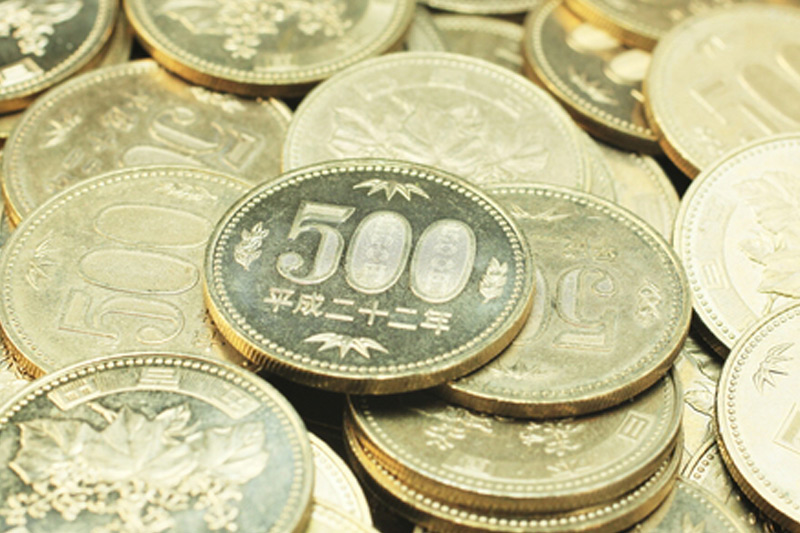Investing.com - The yen eased in Asia as China reported a faster gain in consumer prices for February that expected, casting a shadow on prospects for further monetary easing.
USD/JPY changed hands at 113.59, up 0.22%, while AUD/USD changed hands at 0.7480, down 0.07%.
Consumer prices in China rose at a faster pace than expected in February, setting the stage for a tighter corridor to ease monetary policy in the face of slowing growth.
In China CPI for February rose 1.6%, above the gain of 1.1% expected month-on-month for a year-on-year pace of 2.3%, well above the 1.9% seen. Producer price data fell 4.9% year-on-year as expected.
In Japan, CGPI data showed a 0.2% fall, less than the 0.3% drop seen in February month-on-month and a year-on-year decline of 3.4%, matching expectations.
Earlier, the Reserve Bank of New Zealand Thursday cut the official cash rate 25 basis points to 2.25%, and signaled further easing may be needed to ensure future inflation settles near the middle of the target range.
At the OCR review which was also accompanied by a full quarterly Monetary Policy Statement, the signaled more easing may be required with the 90-day bill track suggesting a projection of one more 25 basis points cut.
"Further policy easing may be required to ensure that future average inflation settles near the middle of the target range. We will continue to watch closely the emerging flow of economic data," the RBNZ said.
"Today’s 0.25% cut in interest rates in New Zealand, to 2.25% from 2.50%, will have been a surprise to most analysts and the financial markets," Capital Economic said in a note to clients.
"But as early as July last year we forecast that rates would be cut to 2.0% this year and in the RBNZ Watch we published a week ago we said “there’s a real chance it [the RBNZ] will surprise the market and cut interest rates by 0.25% at the policy meeting on Thursday 10th March”. Interest rates will soon be cut to 2.0% and there’s a real possibility that they will fall below 2.0%."
As well, the MI inflation expectations in Australia rose 3.4%, a dip down from 3.6%.
The U.S. dollar index, which measures the greenback’s strength against a trade-weighted basket of six major currencies, was last quoted at 97.37, up 0.19%.
Overnight, the dollar trimmed gains against the other major currencies on Wednesday, re-approaching two-week lows as investors turned their attention to the European Central Bank’s upcoming policy meeting and as global growth concerns persisted.
The safe-haven yen remained supported after weak trade data out of China on Tuesday rekindled concerns over a possible slowdown in global economic growth.
China’s exports slumped 25% in February, the biggest drop since May 2009.
The yen also strengthened following reports that the Bank of Japan may refrain from cutting interest rates at its monetary policy review next week.
Reuters reported Wednesday that the BoJ will refrain from further easing after January’s shock decision to deploy negative interest rates failed to prevent the appreciation of the yen.
The euro weakened as the ECB is widely expected to cut rates further into negative territory at the conclusion of its monetary policy review on Thursday.
The bank is also expected to enlarge its asset purchasing program in a bid to combat persistently low levels of inflation in the euro area.
